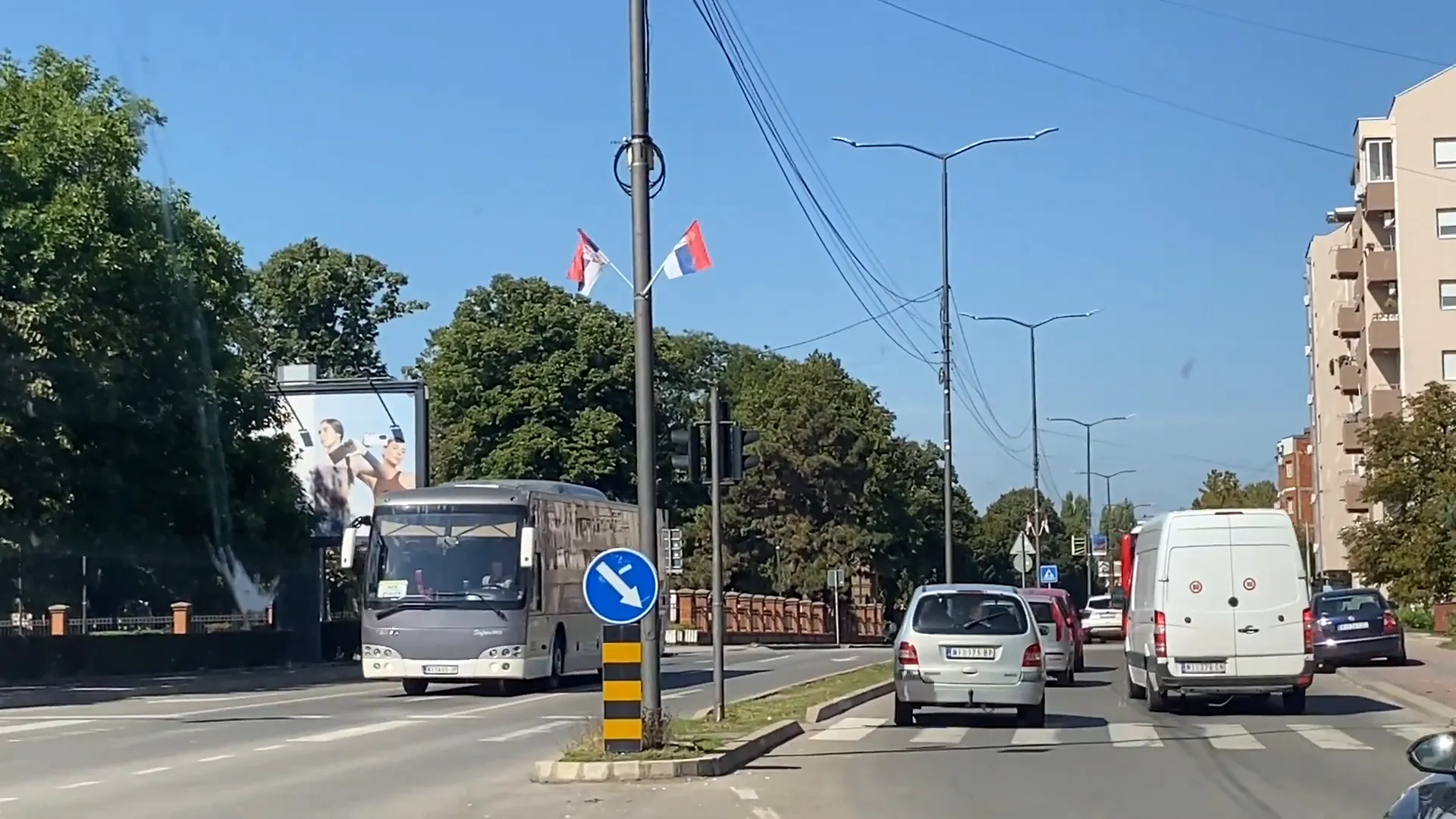Niš, Serbia: A Journey Through the Roman and Ottoman Empires
Niš, a city rich in history and culture, is a captivating destination for travelers looking to explore the layers of Serbia's past. On a recent day trip from Sofia, Bulgaria, I had the opportunity to delve into this city's fascinating narratives. From Roman ruins to chilling reminders of World War II, Niš is a place where history comes alive.
Crossing Borders and Local Currency
My journey began with the process of crossing the border from Bulgaria into Serbia. Each passenger in our vehicle had to present their passport for stamping, a ritual that always brings a sense of adventure. I exchanged some currency, receiving a handful of Serbian dinars, which surprisingly amounted to less than two dollars.

Upon entering Serbia, I encountered a common experience for travelers: the Turkish toilet. Although this style of restroom is prevalent in many parts of the world, it always feels slightly out of place for me. Nevertheless, it was all part of the adventure that awaited in Niš.
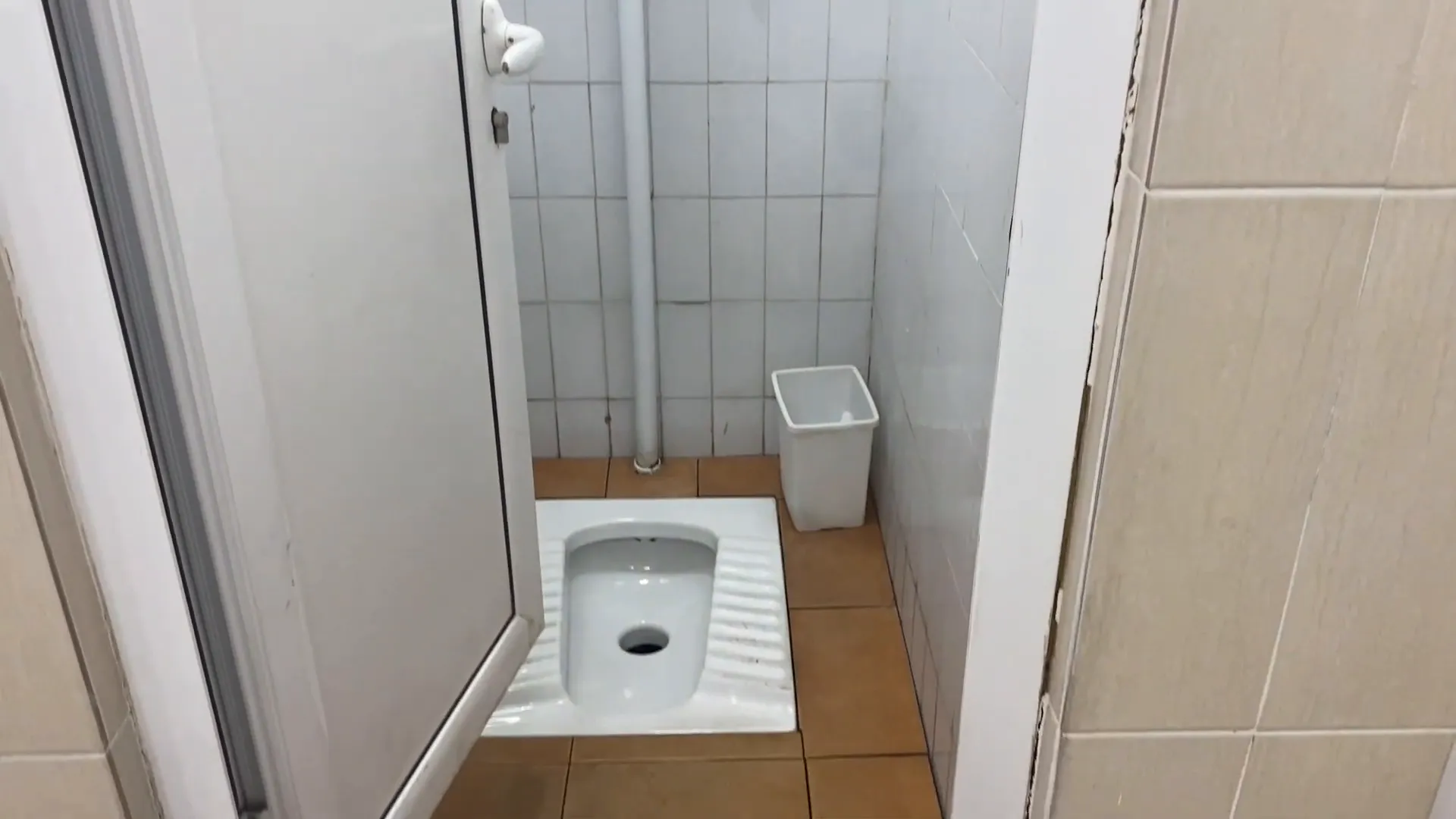
Mediana: The Roman Legacy
The first stop on my itinerary was Mediana, an archaeological site on the outskirts of Niš. Mediana was once an imperial estate established by Emperor Constantine the Great during the 4th century. This site offers a glimpse into the wealth and sophistication of Roman elites, serving as one of Constantine's residences.
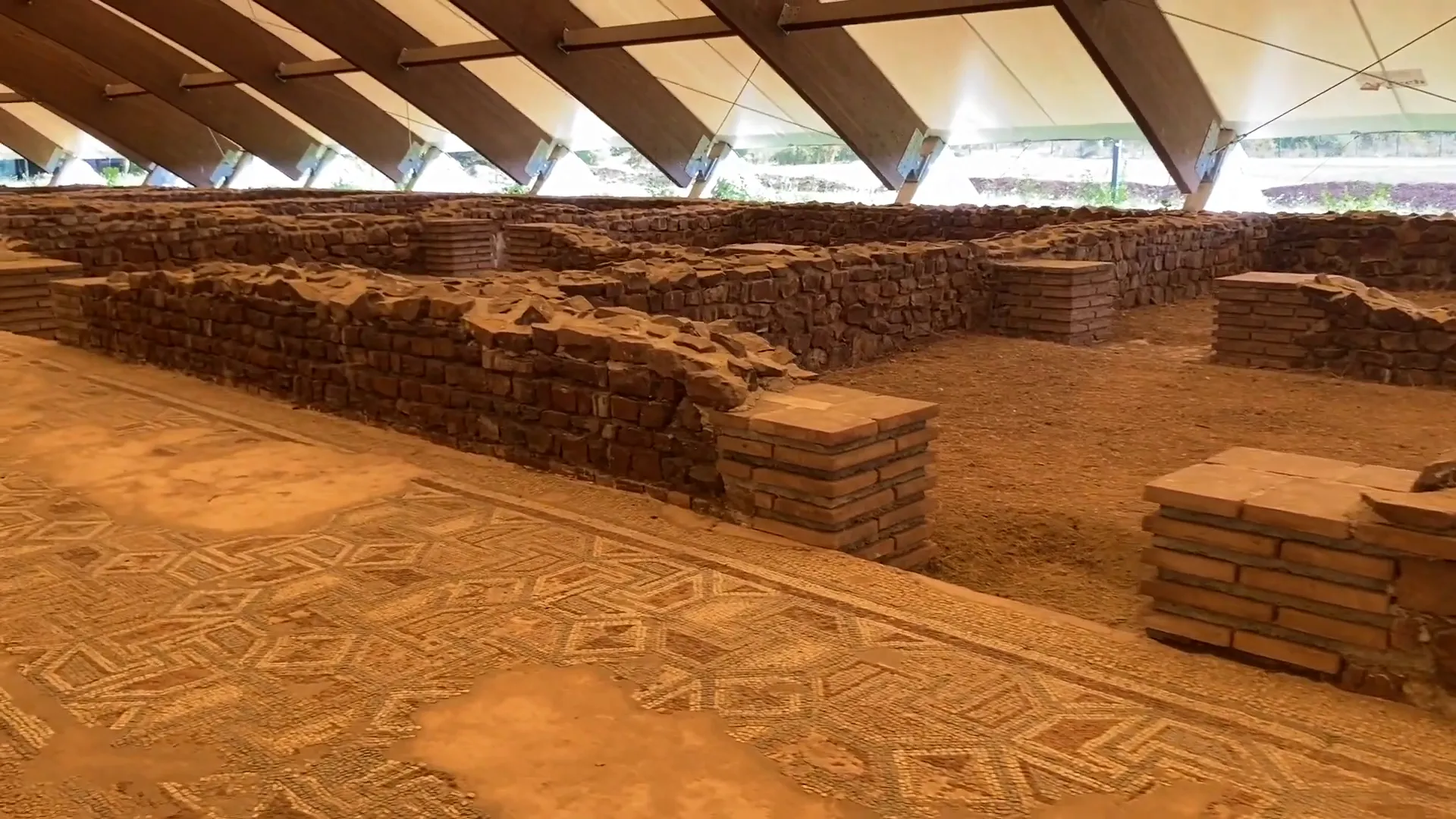
The ruins are a testament to the Roman Empire's influence in the region and are significant for understanding the cultural development of the Balkans. The existing roof over the ruins is a modern addition, designed to protect these historical remnants from further deterioration.
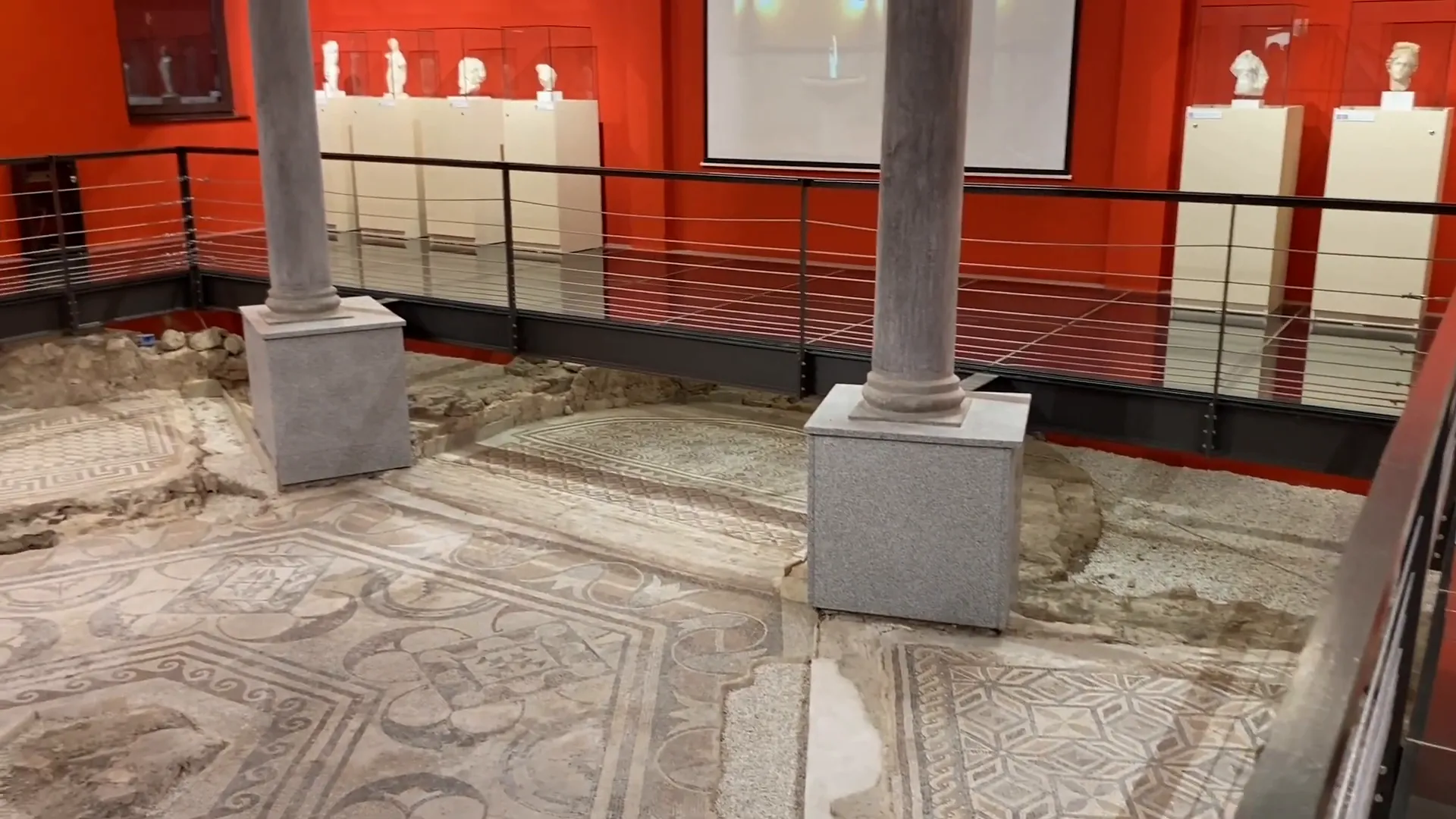 Walking through Mediana, one can appreciate how Roman culture shaped not only the local area but also influenced broader European history. This site is a direct link to the Roman Empire's legacy, illustrating the profound impact of this civilization on the Balkans.
Walking through Mediana, one can appreciate how Roman culture shaped not only the local area but also influenced broader European history. This site is a direct link to the Roman Empire's legacy, illustrating the profound impact of this civilization on the Balkans.
The Dark History of the Skull Tower
Next, I ventured to the infamous Skull Tower, a chilling reminder of the region’s turbulent past during the Ottoman Empire. Built in 1809, this tower was constructed using the skulls of Serbian rebels who fought for independence. Originally, the tower had 952 skulls, but today only 58 remain, displayed behind glass.

The Skull Tower serves as a historical landmark that educates visitors about Serbia's complex relationship with the Ottoman Empire. The debate surrounding its preservation continues, with some advocating for its removal due to its grim symbolism, while others argue for its importance as a reminder of the struggle for freedom.
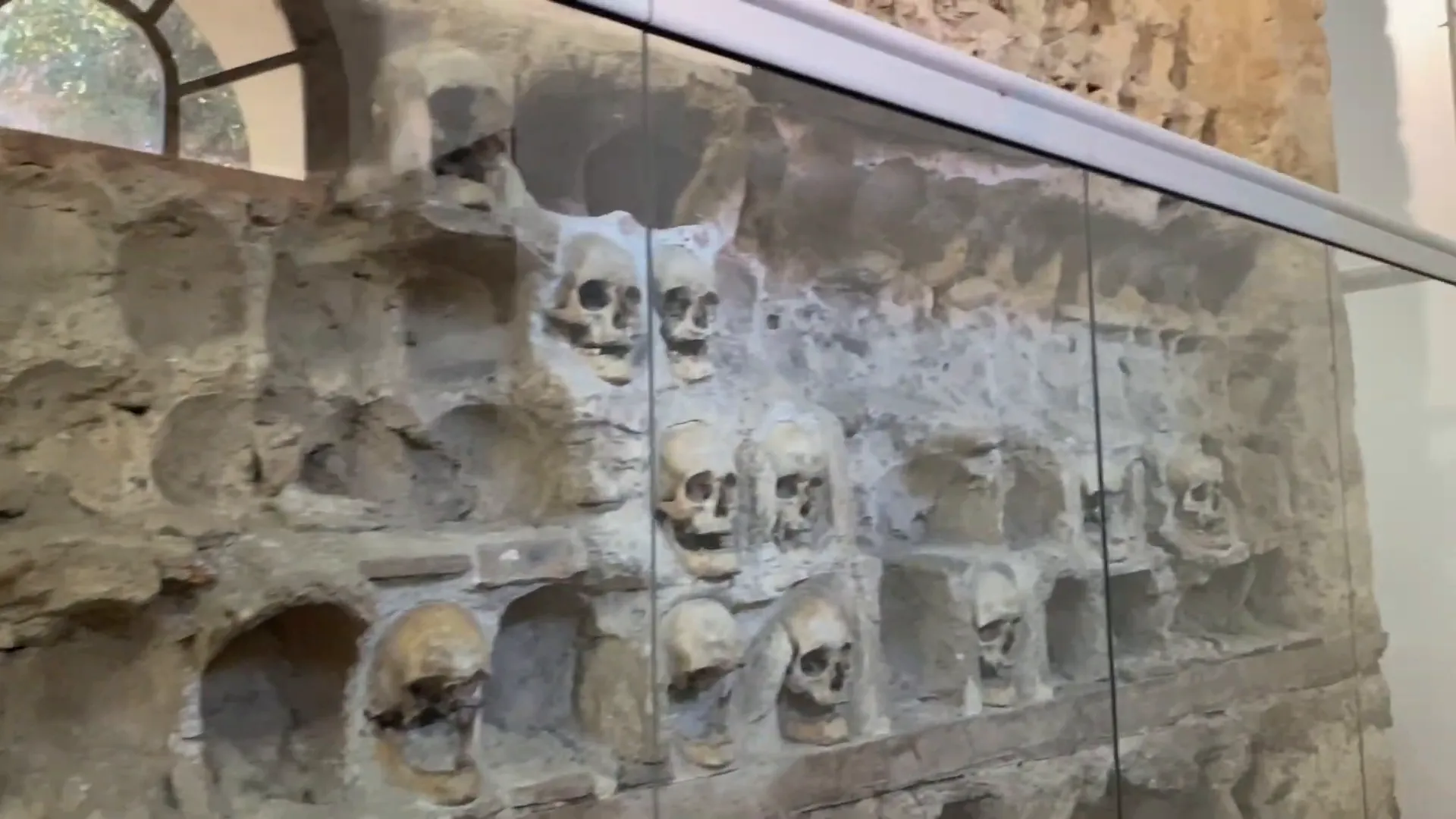
This site evokes a deep sense of reflection on the violence and oppression faced by the Serbian people and stands as a testament to their resilience. It was a sobering experience that emphasized the need to remember and learn from history.
The Red Cross Nazi Concentration Camp
My next stop was the Red Cross Nazi concentration camp, a site that carries a heavy weight in the narrative of World War II. Established in 1941, this camp was primarily a transit point for prisoners, including Serbs, Jews, and Romani people, before they were sent to extermination camps or forced labor camps.
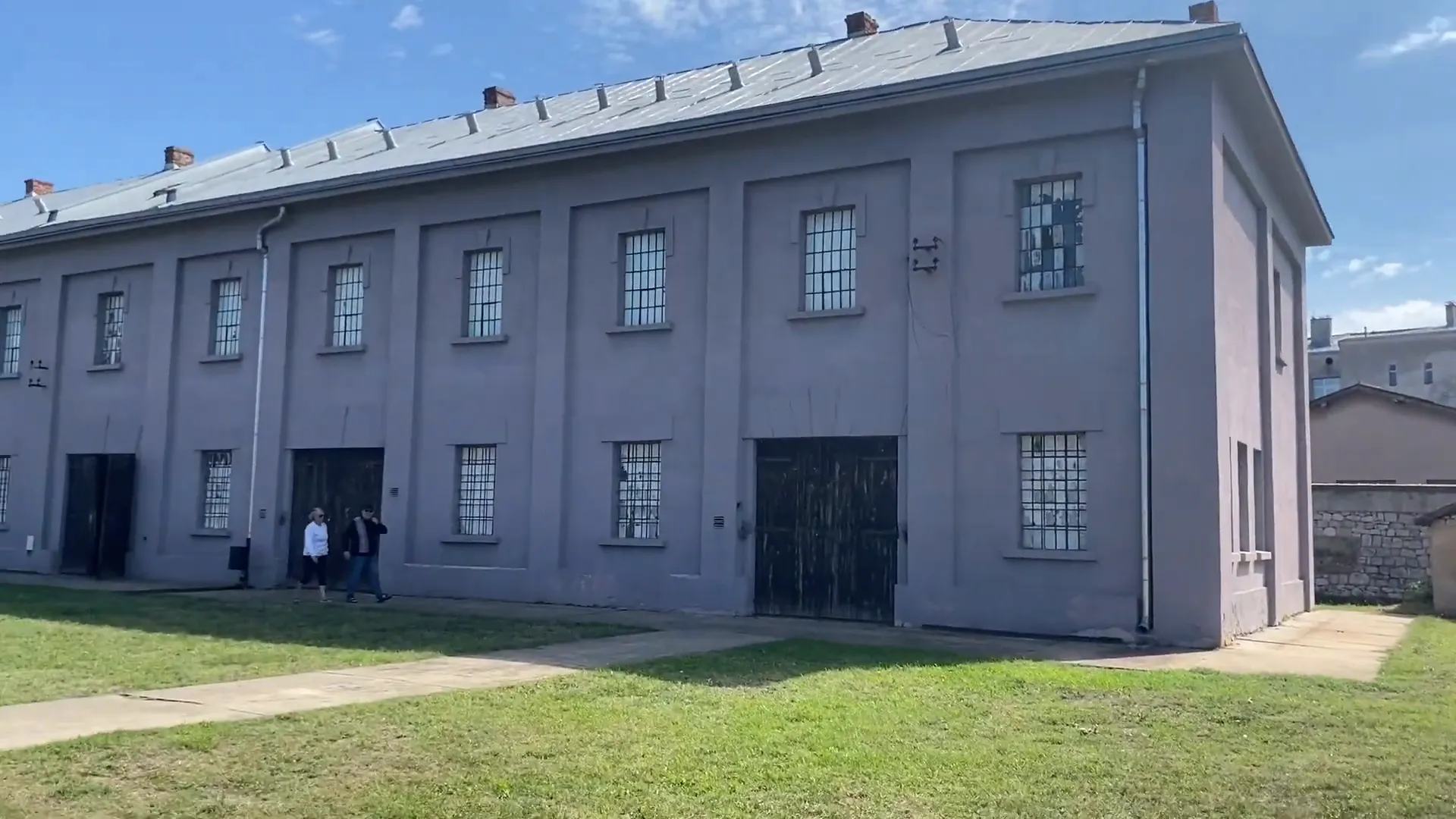
Despite its name, the camp had no affiliation with the actual Red Cross; it was named after the nearby train station. The conditions within the camp were horrendous, with overcrowding, starvation, and brutality from guards being common experiences for the inmates.
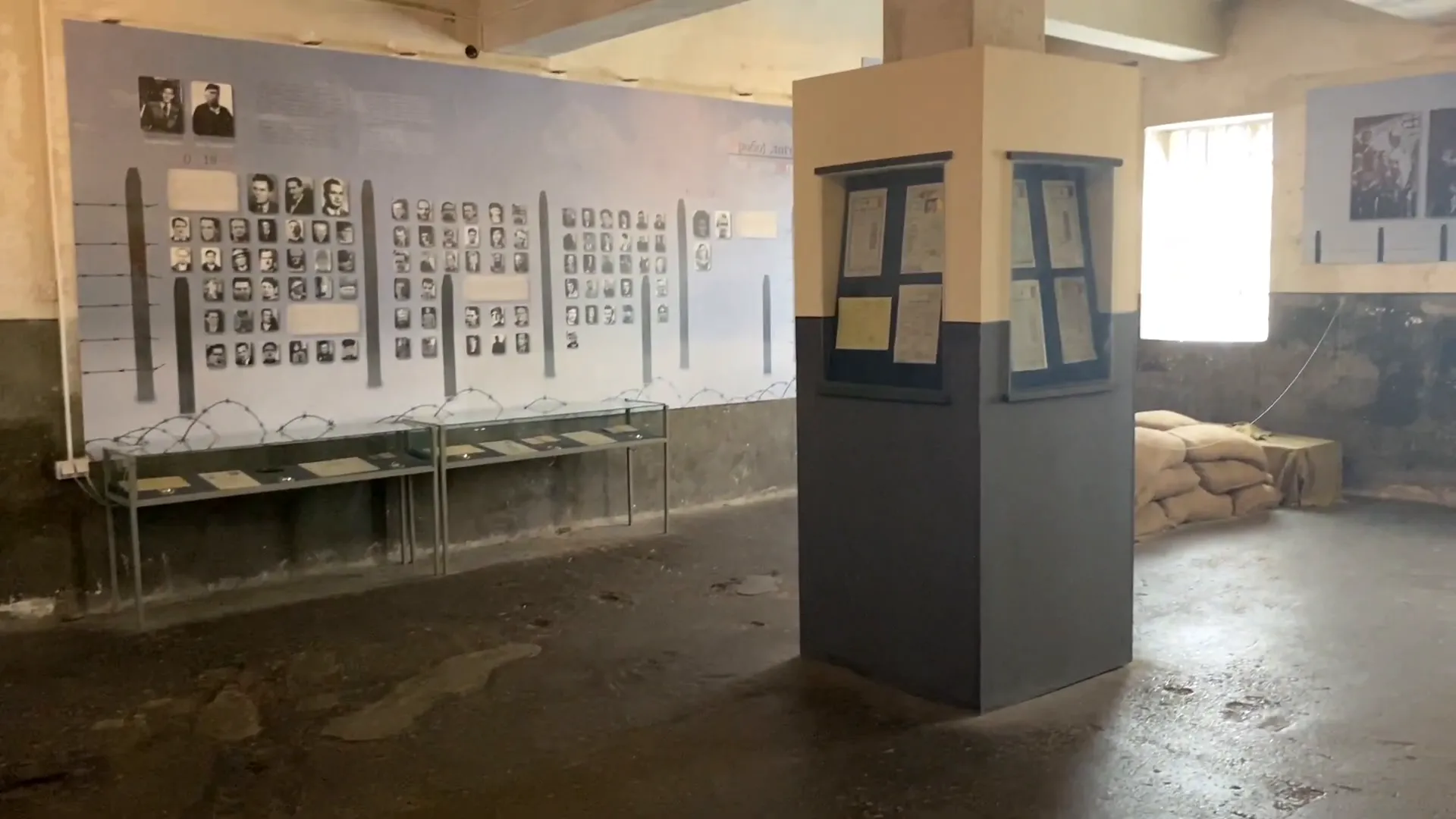
The camp serves as a memorial site today, dedicated to the victims of the Nazi regime. Visiting this site provided a stark reminder of the atrocities committed during the war and the importance of acknowledging and remembering those who suffered.
Exploring Modern Niš
After experiencing these significant historical sites, I took some time to enjoy the more modern aspects of Niš. My friend Vlad and I explored the city center, indulging in delicious ice cream and browsing local shops. It was amusing to see a store named "Women's Secret," humorously reminiscent of the well-known American brand, Victoria's Secret.
Despite the busy day filled with historical exploration, there were still many facets of Serbian history left uncovered. As we prepared to leave the city center and head back to Bulgaria, we stumbled upon items from Serbia's Yugoslav era. Although I'm not a communist, I have a fascination for historical memorabilia and couldn't resist purchasing a red star hammer and sickle pin.
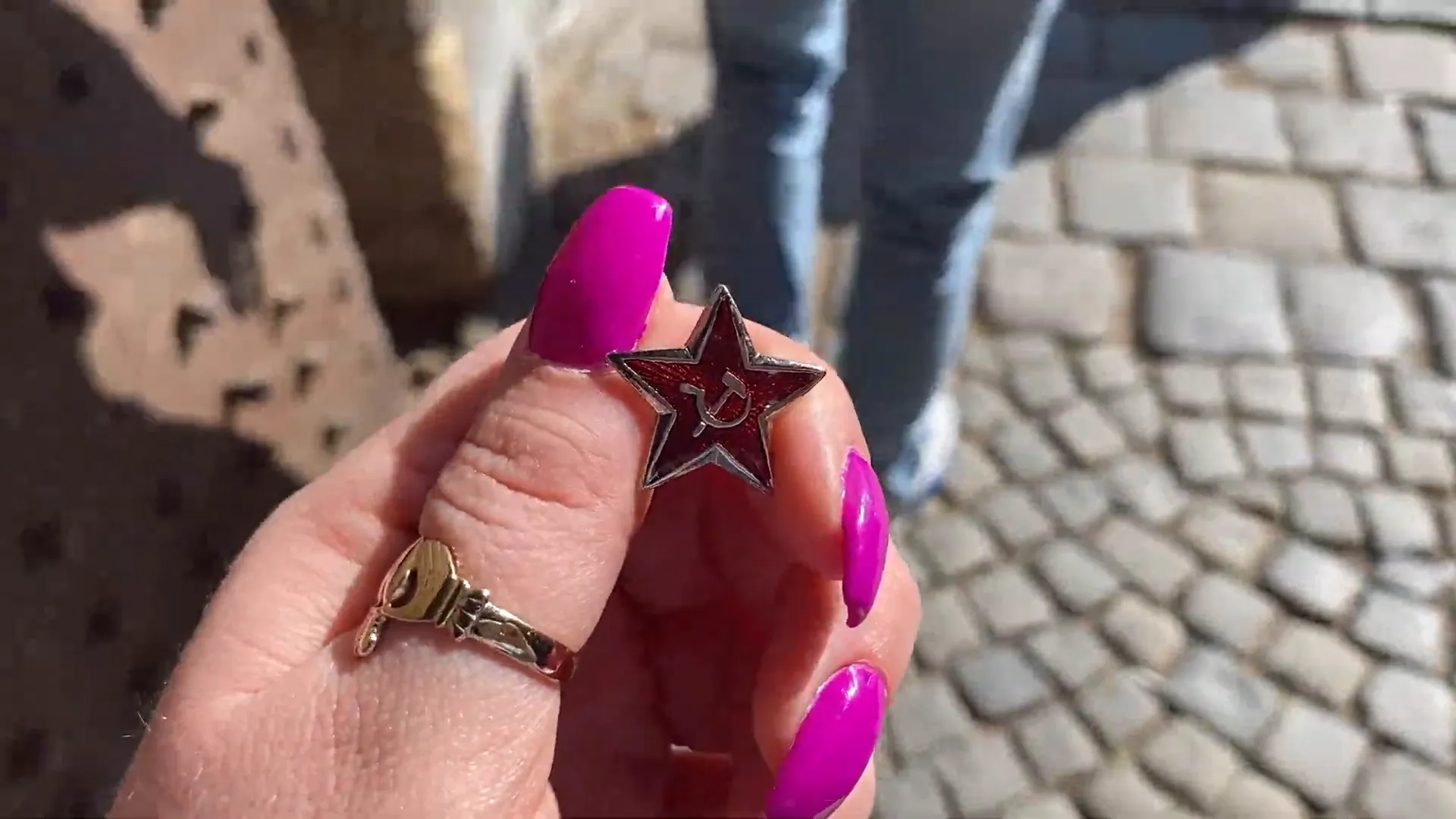
This day trip to Niš was both enlightening and entertaining. The layers of history, from Roman times to the struggles of the 20th century, paint a vivid picture of the resilience and spirit of the Serbian people. I left with a deeper understanding of this remarkable city and a desire to return and explore even more.
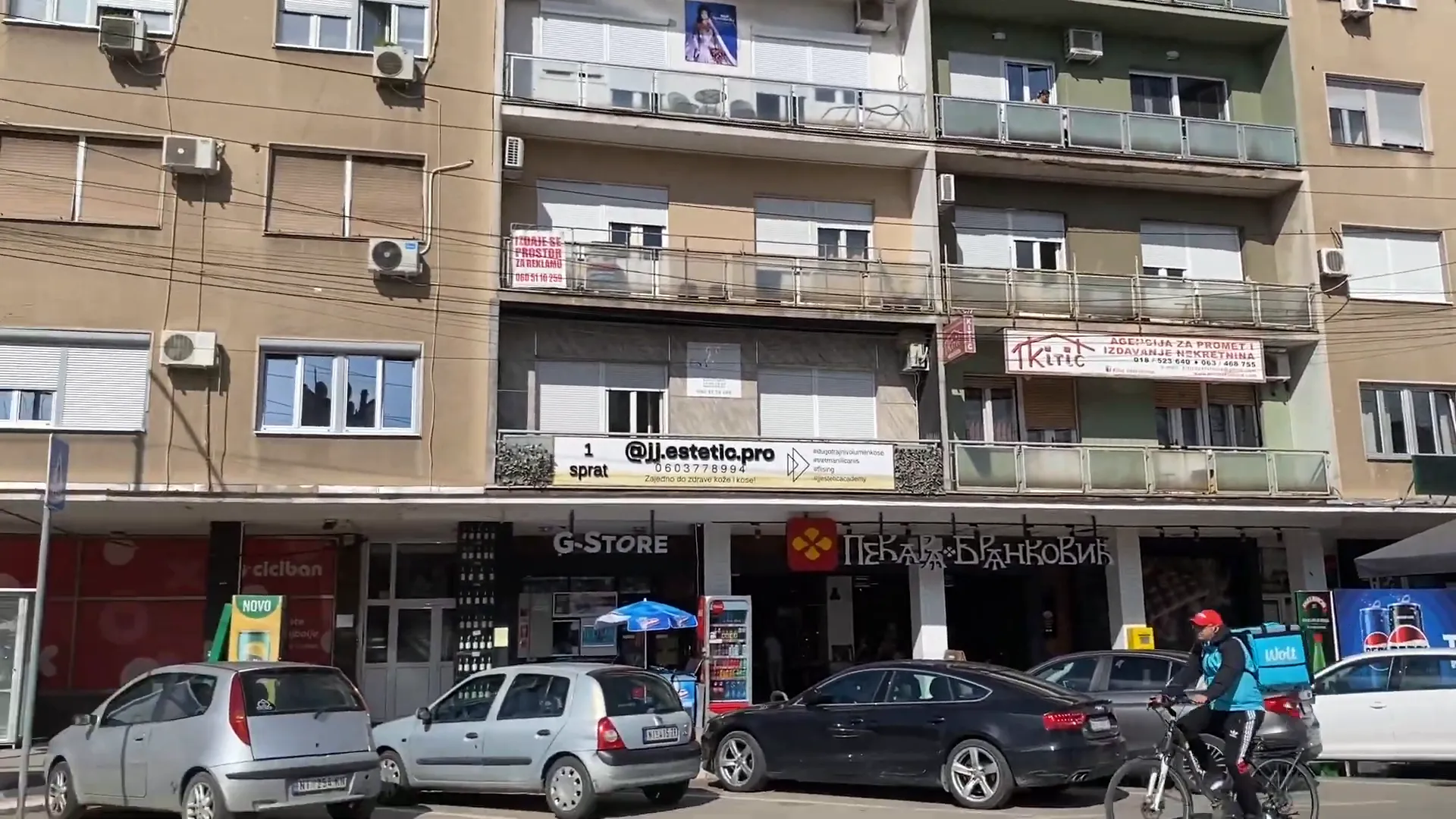
Conclusion
Niš is a city that encapsulates the essence of Serbia's rich history and culture. From the Roman ruins of Mediana to the haunting reminders of the Skull Tower and the Red Cross concentration camp, each site tells a story of struggle, resilience, and the impact of history on present-day life.
